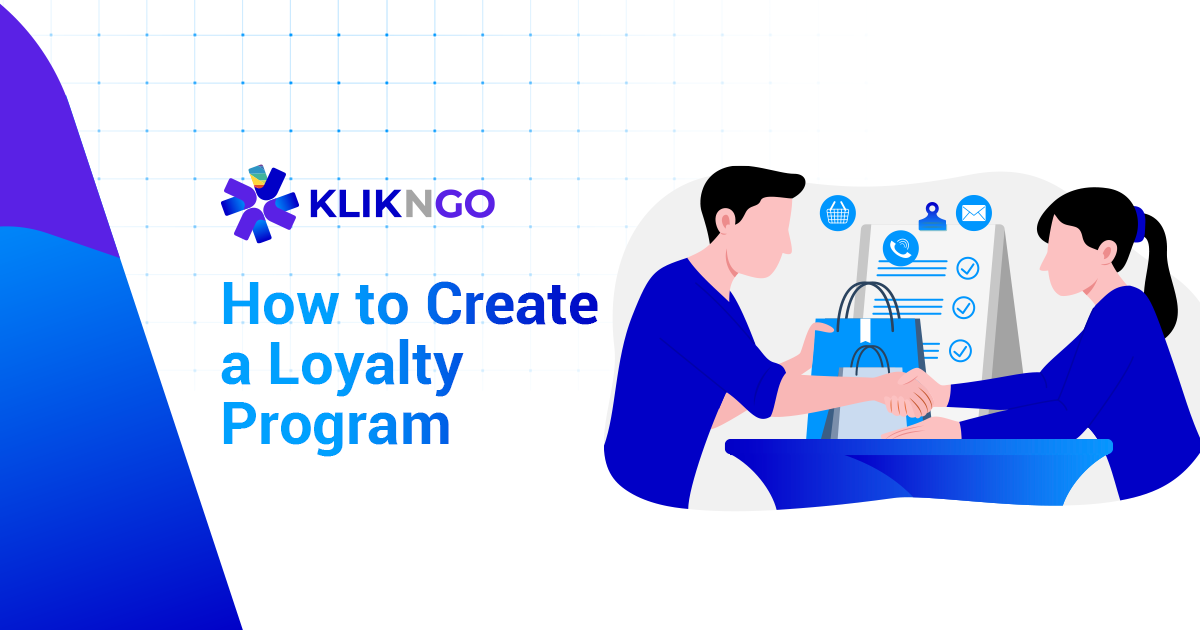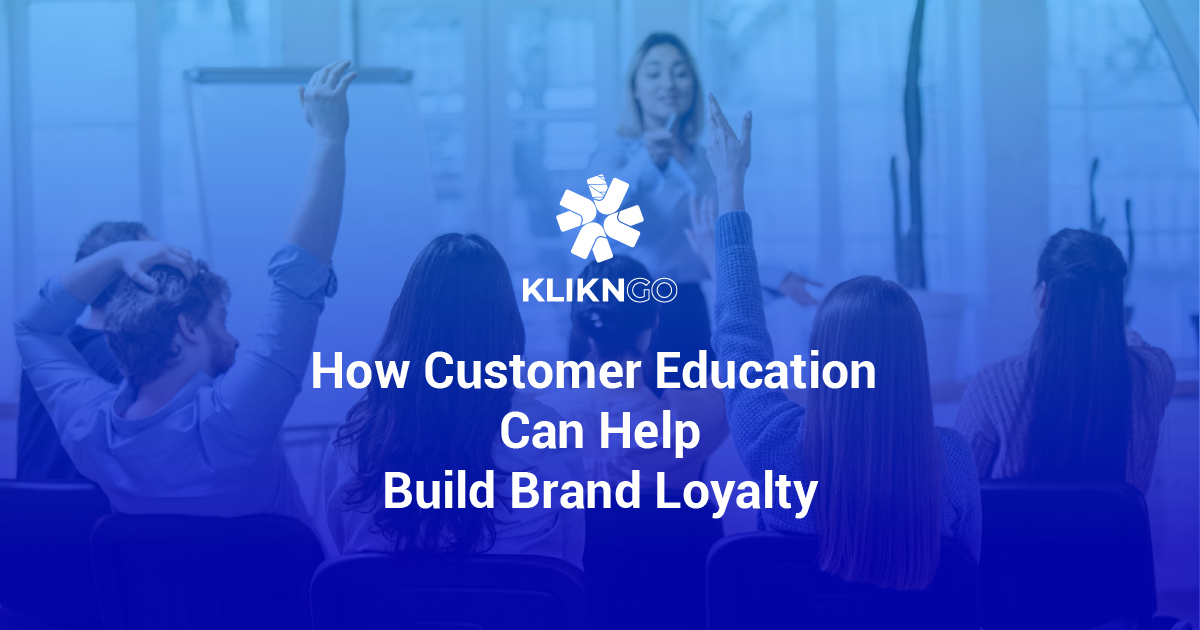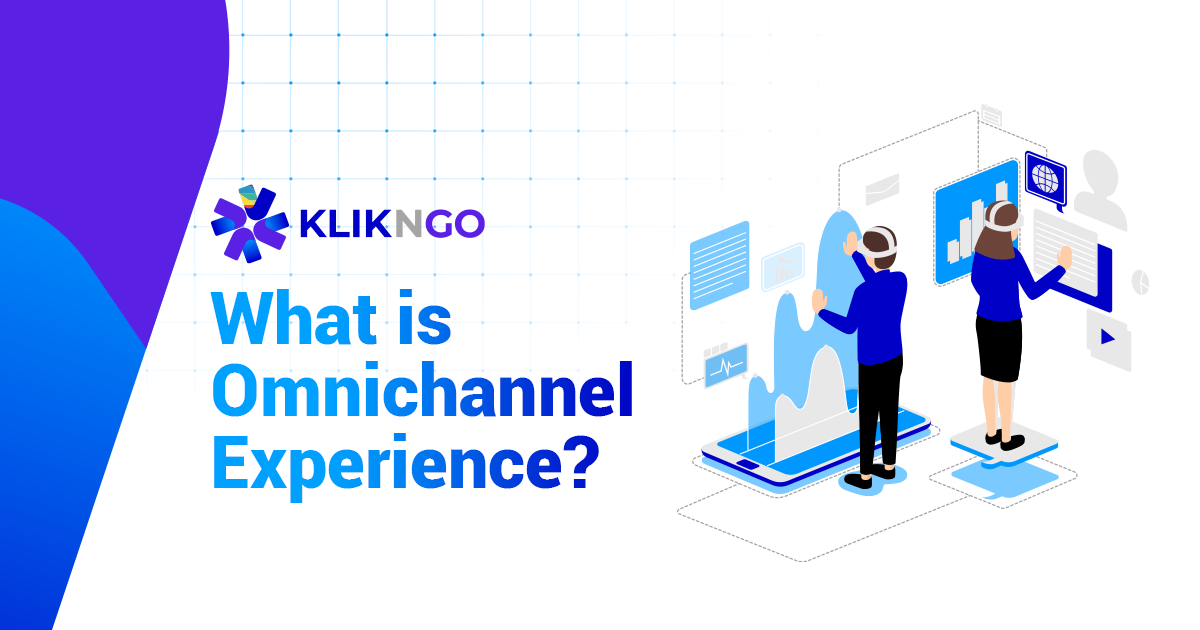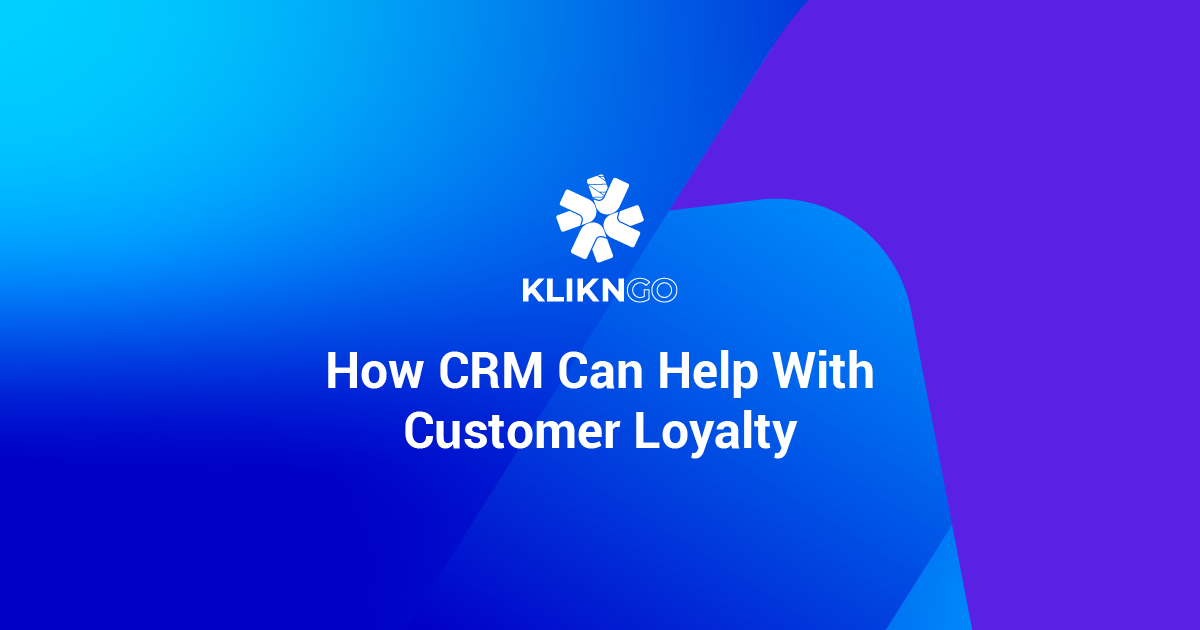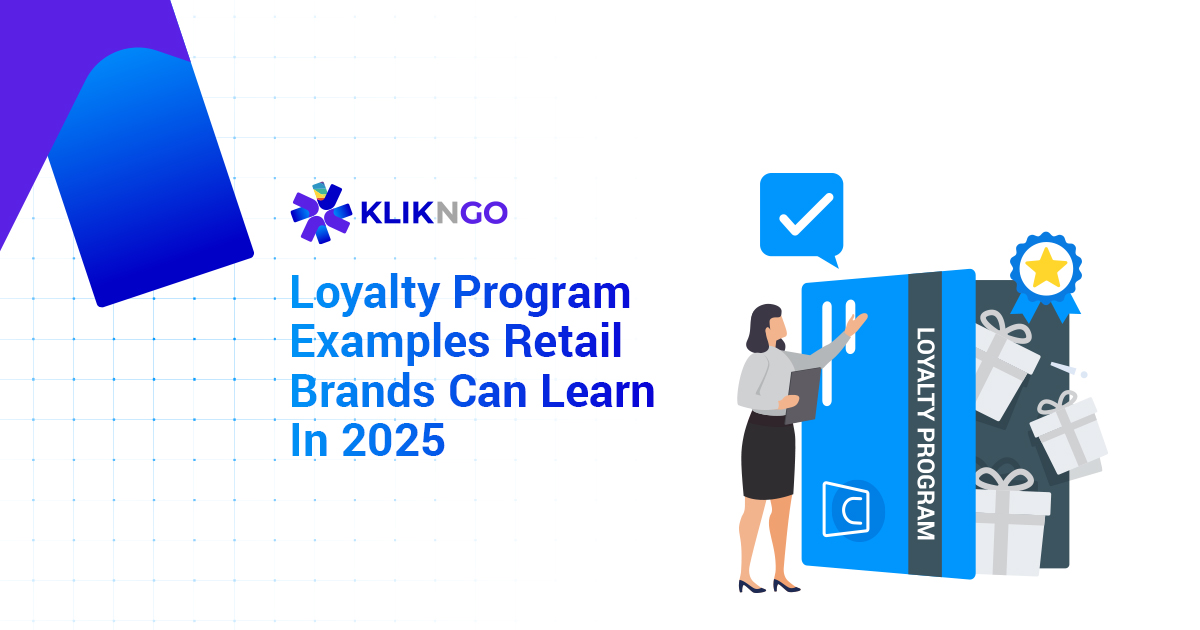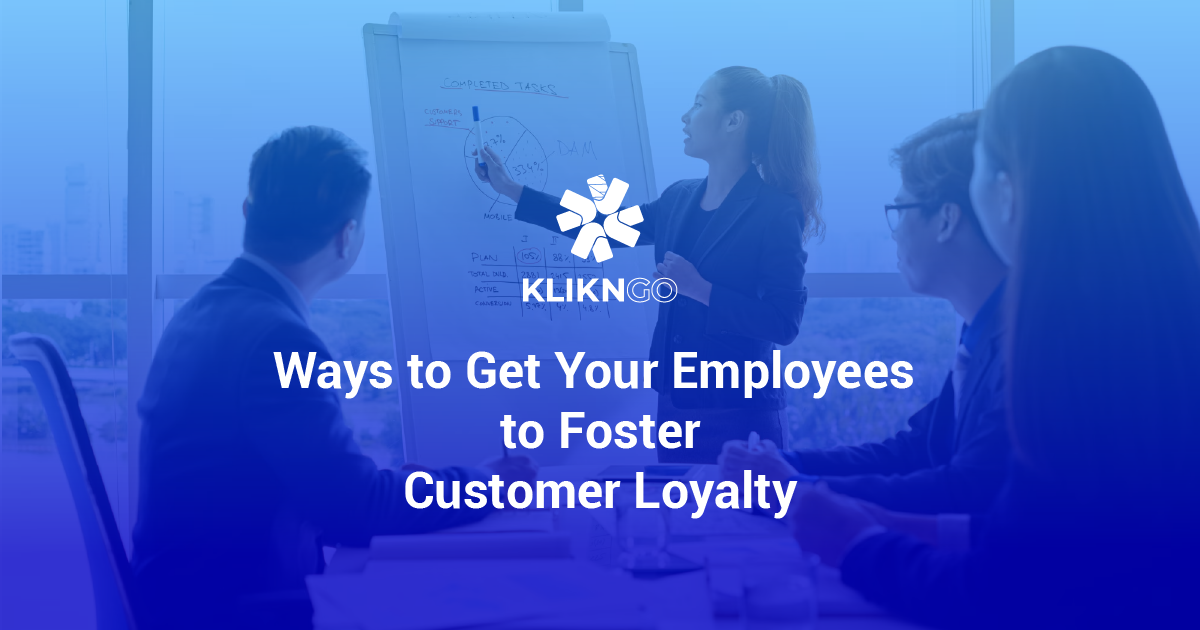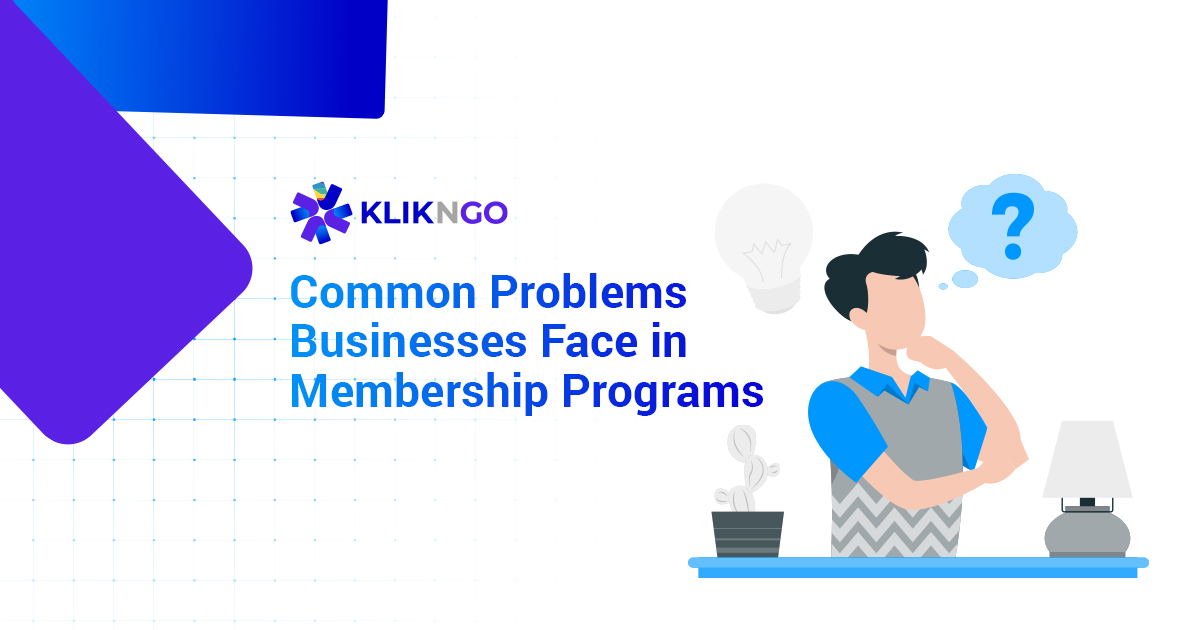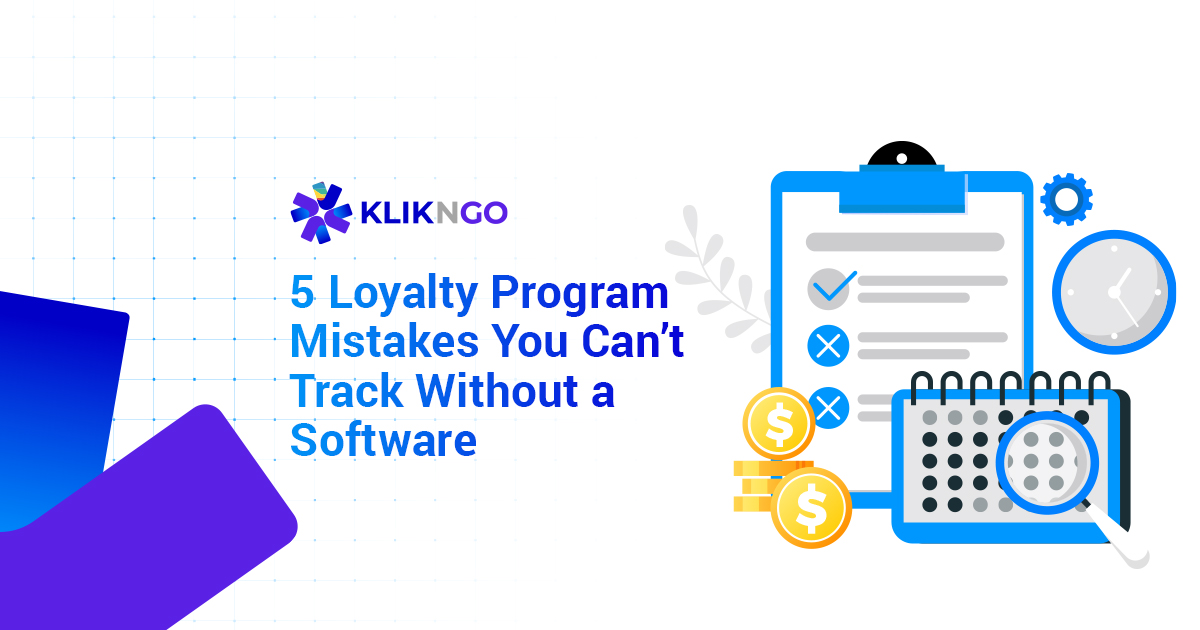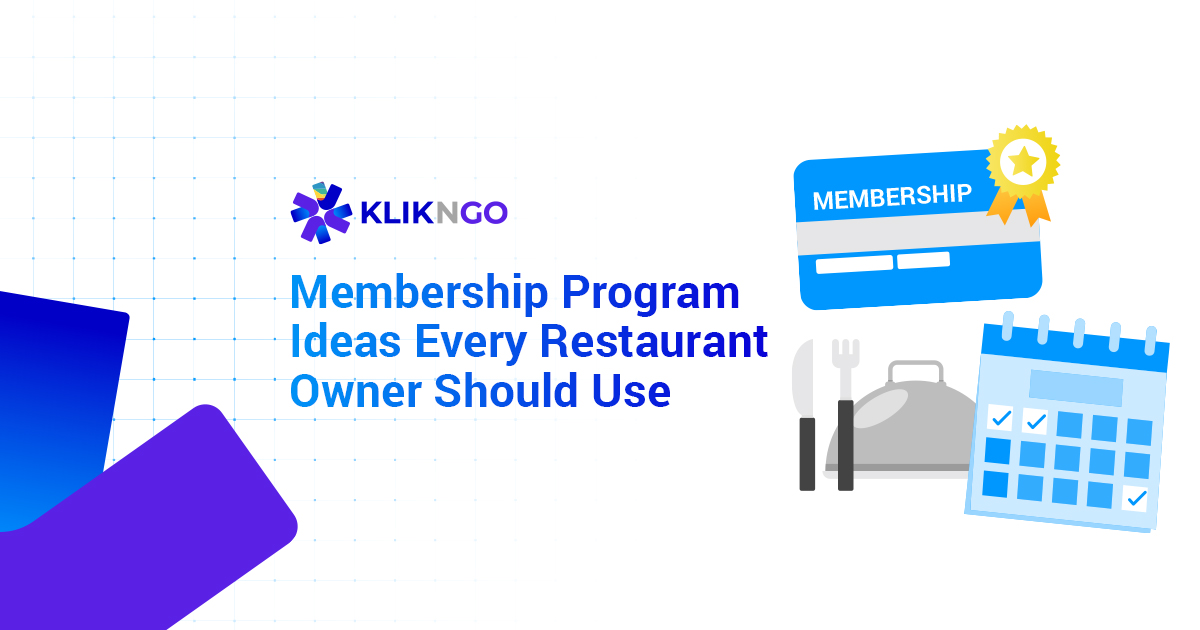If you’re reading this article, you’re probably wondering how to get started in a loyalty program. Don’t worry, we’ll give you a step-by-step guide on how to create a loyalty program from scratch!
What is the Objective of a Loyalty Program?
The primary objective of a loyalty program is to improve customer loyalty and increase the number of recurring customers by leveraging gamification and rewards.
By creating engaging experiences that motivate customers to return, businesses can enhance their average customer lifetime value (CLV), which refers to the total revenue a business can expect from a customer throughout their relationship.
For example, a coffee shop might implement a loyalty program that rewards customers with points for each purchase, allowing them to earn a free drink after a certain number of visits.
This not only encourages repeat business but also strengthens the brand’s identity as a community-oriented establishment. A well-structured loyalty program also enhances branding by creating emotional connections with customers, fostering a sense of belonging and appreciation.
Ultimately, these objectives work together to create a more loyal customer base that contributes to long-term success.
B2B vs B2C Loyalty Programs - Differences?
Before we get into creating a loyalty program, it’s important to clarify the difference between B2B (business-to-business) and B2C (business-to-consumer) loyalty programs.
B2C loyalty programs are primarily focused on earning and redeeming rewards, often through gamification (missions, attendance, etc.). This approach encourages long-term engagement, benefiting both consumers and brands.
In contrast, B2B loyalty programs aim to build stable, recurring business relationships. Even smaller B2B companies can implement a loyalty program, even with a smaller customer base.
Rewards in B2B programs typically offer direct benefits, such as cashback or discounts. Conventional B2C rewards often don’t really apply here. However, some businesses do find success with rewards like quarterly celebrations, office cleaning services, office equipment, or even gift cards for groceries or cinemas as rewards. Still, discounts and cashback remain the most effective rewards.
Your B2B loyalty program can target the entire organization or focus on specific decision-makers. Another key goal of B2B programs is to enhance trust and build a strong brand image for business partnerships. Since B2B programs usually cater to fewer customers, businesses should be designed with unique features.
For example, you might offer one-tap ordering through the loyalty app or set up recurring orders, and seamless appointment bookings—options that differ significantly from B2C loyalty programs. Usually, the client experience aspect is important and customers will prioritize convenience after pricing.
How to Create a Loyalty Program (Step-By-Step Guide)
Start With a Simple Name for Your Loyalty Program
Many brands and consultants think your loyalty program’s name is the be-all-end-all. Although important, it’s not the most important thing in your loyalty program. Typically, customers will think of your brand first before the program itself.
It’s great if it’s associated with your brand, but even if it isn’t – it doesn’t matter. The general rule of thumb is to go for something simple, and not overly complicated.
Your target audience only cares about the benefits that they’ll get, which is the reward, which we’ll talk about in the next point.
Determine Rewards Based on Industry
Rewards are the most important thing, the biggest reason why people sign up for your loyalty program in the first place. Determining the right reward is not easy, especially for a smaller business, without much data.
The best tip that we can give is to observe the big players in your industry and copy what they’re doing. Typically, these bigger players have a team of dedicated loyalty marketers who have already done their research.
We at KlikNGo have ample experience in multiple industries, dealing with real-life challenges, so that’s why we understand the consumer behavior behind almost any industry.
Here are some examples of industries and their best-performing reward types:
- Food & Beverage: Voucher
- Grocery/FMCG: Points
- Beauty & Wellness: Voucher & Brand Currency
- Entertainment: Brand Currency
- Non-Profit/Associations: Exclusivity & Titles
- Car Detailing & Similar Services: Value-Added Service & Package Deals
Plan Your Reward Structure
Reward structure is essentially how your customers earn their reward, and it’s different for every industry and you must understand your own business’s capabilities.
There’s no one-size-fits-all solution, but here are some essential criteria to take into account:
- Profit margin
- Customer base
- Marketing investment
- Cashflow
Point-based loyalty programs are the most popular, so let’s examine how they work. In various B2C industries, customers earn points based on different spending thresholds. Depending on the average lifetime value of customers, their points vary per dollar spent. Here’s a breakdown of the general amount:
- Grocery, FMCG, and Car Washes: Customers earn 1 point for every $10 spent.
- Food and Beverage: Customers earn 1 point for every $1 spent.
- Car Mechanic and Detailing: Customers earn 1 point for every $1,000 spent.
Implementing Your Loyalty Program
When implementing your loyalty program, the first thing to do is to choose the right tool and management strategy. The tool you use should help everything in the loyalty funnel, from recruiting members, distributing rewards, handling redemptions, and data collection.
While many businesses use a point-of-sale (POS) system, the right way to do it is through a comprehensive loyalty membership system, aka a closed-loop system.
This type of system not only supports your backend operations but also provides a user-friendly customer experience – typically through brand apps and membership sites, which makes the earning and redeeming reward process easier.
On top of these fundamental features, we on KlikNGo also offer omnichannel engagement options, including things like WeChat mini-programs and minisites, to meet various customer preferences and make sure you can effectively recruit members across various channels.
The same goes for B2B businesses, having a well-organized system is especially important to build a strong brand image and trust with partnering businesses.
It’s a common misconception that launching a loyalty program requires complicated manual processes. But in reality, many companies in today’s market offer a variety of ready-made SaaS loyalty program systems, making it easier than ever for small and medium enterprises (SMEs) to start their own programs.
Managing Your Loyalty Program
Managing your loyalty program comes after implementation, and it heavily relies on having access to comprehensive data and detailed reporting. This allows you to know exactly how your program is performing and your members. Think of data like:
- Membership Profiles
- Transaction Data (Earned, redeemed, individual transactions)
- Sales Figures (Product & Transactions)
- Campaign Effectiveness (Voucher issued, viewed & redeemed)
- Push Notification Engagement (Received, viewed)
Through this data, you can understand your program members’ preferences, pinpoint high-performing products and packages, which users bring you the most ROI, and adjust your strategies around them.
The key is to tweak and optimize based on data, creating a continuous feedback loop that makes your loyalty program improve over time.
That’s why choosing a solution provider that offers strong reporting features is incredibly important. Free software can limit your reporting options or restrict access to your member’s information and hit you with a paywall after that.
It’s important to ask your loyalty solution provider and request full access to your dashboard because, without them, your program is not going to reach its full potential.
Keep Everything Consistent Across All Channels
Whether it’s your loyalty app, social media, or membership site, it’s important to maintain consistent branding and touchpoints across all channels. This means your brand voice, color scheme, and font should be uniform everywhere.
However, consistency goes beyond just what your customers see; every interaction—known as a touchpoint—plays an important role. Each touchpoint helps set the stage for the next customer interaction, giving context.
For example, if a customer submits a return request on social media, an effective loyalty system should track that inquiry. The brand could then process the refund using a QR code sent via email or displayed in the loyalty app.
Customers could then scan this QR code at a physical location using a barcode scanner. This approach creates an omnichannel experience, ensuring a seamless journey for customers across both online and offline channels.
Experiences like this keep customers coming for more and it makes it harder to switch to competitors after getting a feel of an omnichannel experience.
Prioritize Strategy First, Then Only Technology
Creating a successful loyalty program requires an approach that balances both short-term goals and long-term objectives. Loyalty marketing is a long-term game, and it takes time to grow a solid customer base.
Short-term plans could be things like marketing campaigns and their ROI, while long-term strategies could be your customer experience and how they interact with your brand later on down the line.
That’s why, when choosing a loyalty solution, you have to look at things other than technology. Many solution providers provide you with software and that’s about it, which isn’t much help if it’s your first time managing a loyalty program.
You have the most advanced features or member app, but it’s pointless if you have no strategy to effectively target and retain your customers, and in the end, fail to achieve the objective of a loyalty program.
Many businesses worry about the wrong things, and they spend most of their budgets investing in advanced technologies, assuming that users will appreciate them. In reality, the strategy is the core of a loyalty program’s success.
Looking for an Amazing Loyalty Program Provider?
If you’re interested in launching your own loyalty program, consider KlikNGo! We provide everything you need to set up a successful program, along with a comprehensive strategy to give you the best chance of loyalty program success.
Instead of choosing a provider that simply offers software and leaves you to figure things out on your own, opt for an expert who will provide you with a clear strategy, a detailed plan, and all the support you could ever need.
Check out our loyalty program solutions page, or contact us for a free consultation!

